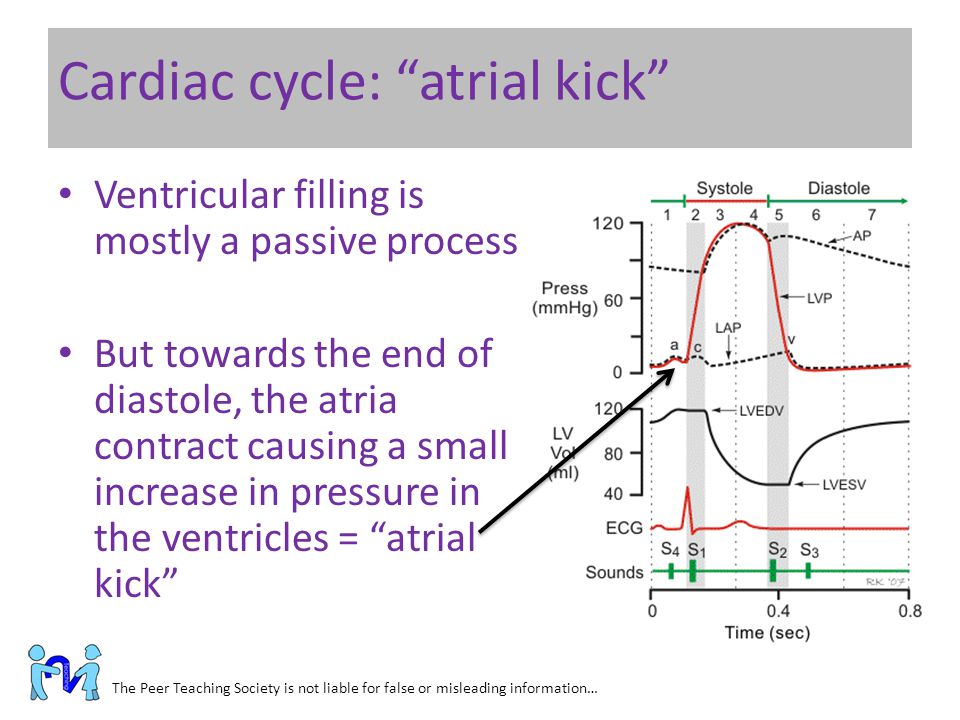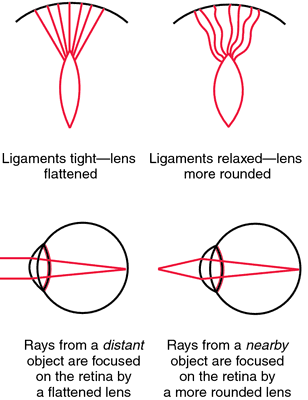The nurse is auscultating the lungs of an adult client. The nurse hears low-pitched, soft breath sounds over the posterior lower lobes and inspiration that is longer than expiration. The nurse recognizes that these breath sounds are:
Bronchovesicular breath sounds and normal in that location.
Normally auscultated over the trachea.
Vesicular breath sounds and normal in that location.
Bronchial breath sounds and normal in that location
The Correct Answer is C
A. Bronchovesicular breath sounds and normal in that location:
Bronchovesicular breath sounds are medium-pitched sounds heard over the major bronchi and are usually equal on inspiration and expiration. They are typically heard in the 1st and 2nd intercostal spaces anteriorly and between the scapulae posteriorly. While they might be normal in certain locations, hearing them over peripheral lung fields might indicate an abnormality.
B. Normally auscultated over the trachea:
This statement doesn't specify a particular type of breath sound. Tracheal breath sounds are harsh and relatively high-pitched, heard directly over the trachea. They are normal over the trachea but are not normally heard in the lung periphery.
C. Vesicular breath sounds and normal in that location:
Vesicular breath sounds are low-pitched, soft sounds heard over most of the lungs during inspiration. They are longer on inspiration than expiration and are considered normal breath sounds heard in the peripheral lung fields. Hearing vesicular sounds in the posterior lower lobes is typical and indicates normal lung function.
D. Bronchial breath sounds and normal in that location:
Bronchial breath sounds are high-pitched and loud, heard primarily over the trachea and larynx. If heard in the peripheral lung fields, especially in the lower lobes, it can suggest an abnormality such as consolidation or compression of lung tissue.
Nursing Test Bank
Naxlex Comprehensive Predictor Exams
Related Questions
Correct Answer is A
Explanation
A. The atria contract toward the end of diastole and push the remaining blood into the ventricles.
This choice is correct. During atrial systole (atrial contraction), the atria contract, pushing the remaining blood into the ventricles. This additional filling of the ventricles optimizes cardiac output.
B. The atria contract during systole and attempt to push against closed valves.
This statement is incorrect. The atria do not contract during systole; they contract during diastole (atrial systole) to fill the ventricles.
C. Atrial kick is the pressure exerted against the atria as the ventricles contract during systole.
This statement is incorrect. Atrial kick refers to the atrial contraction, not the pressure exerted against the atria.
D. Contraction of the atria at the beginning of diastole can be felt as a palpitation.
This statement is not entirely accurate. A palpitation is a sensation of rapid or strong heartbeat, which might be felt during various cardiac events, not specifically during atrial contraction at the beginning of diastole.

Correct Answer is A
Explanation
A. The pupils constrict when the examiner's index finger slowly moves toward the client's nose.
This statement is correct. Visual accommodation is the process by which the eye's lens changes shape to focus on objects at varying distances. When an object moves closer to the eyes, the pupils constrict to adjust and focus on the near object, preventing double vision.
B. The client involuntarily blinks in the presence of bright light directed over the pupils during the eye exam.
This statement describes the pupillary light reflex, not visual accommodation. The pupillary light reflex is the response of the pupils to light exposure.
C. The client's peripheral vision becomes sharper when the examiner shines a light over the pupils.
This statement is not accurate. Peripheral vision sharpness is not related to visual accommodation. Visual accommodation mainly involves adjusting focus for objects at varying distances.
D. The pupils dilate when the examiner's index finger slowly moves toward the client's nose.
This statement is incorrect. Pupils should constrict, not dilate, when focusing on a near object (as in visual accommodation). Dilation occurs in low-light conditions or in response to sympathetic stimulation.

Whether you are a student looking to ace your exams or a practicing nurse seeking to enhance your expertise , our nursing education contents will empower you with the confidence and competence to make a difference in the lives of patients and become a respected leader in the healthcare field.
Visit Naxlex, invest in your future and unlock endless possibilities with our unparalleled nursing education contents today
Report Wrong Answer on the Current Question
Do you disagree with the answer? If yes, what is your expected answer? Explain.
Kindly be descriptive with the issue you are facing.
